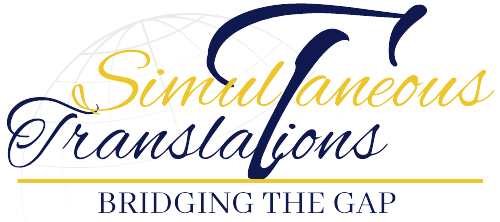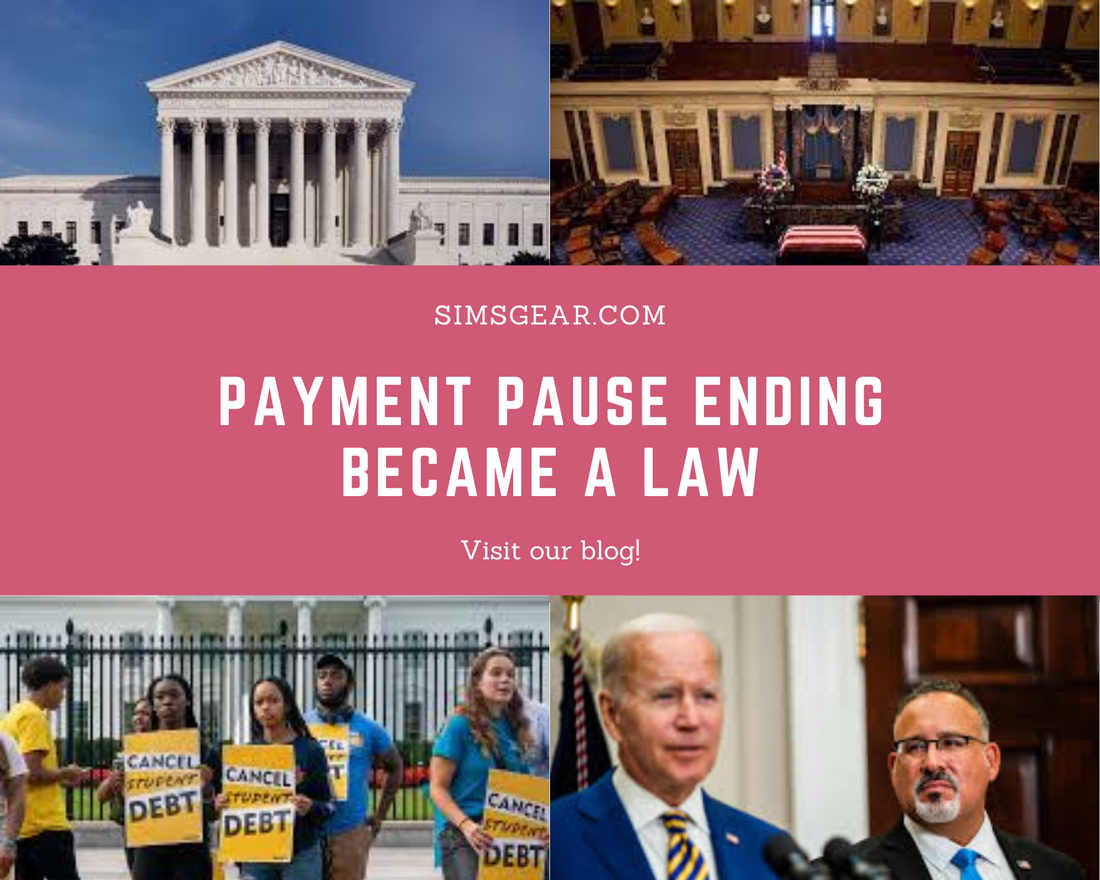After more than three years of relief, the student loan pause is coming to an end. In this blog post, we will explore the implications of the student loan payment pause ending and what it means for each borrower. We'll delve into the financial burdens borrowers may face, the potential consequences of loan repayment resuming, and the importance of planning.
The Student Loan Payment Pause:
A Lifeline for Borrowers During the pandemic, it allowed them to allocate their resources toward other essential expenses. Many individuals, like Joel, a quality assurance professional in Utah, have relied on this relief to make ends meet. However, with the pause ending, borrowers like Joel will have to face the reality of resuming loan payments alongside their existing financial obligations.
The Debt Ceiling Deal and the End of the Pause:
The debt ceiling deal approved by Congress signifies the definitive end of the student loan payment pause. This agreement, expected to be signed by President Joe Biden, makes ending the payment pause a law and can't be extended. With over 40 million borrowers set to resume payments, it raises concerns about the financial burden that many may face [Forbes].
Financial Challenges for Borrowers:
The end of the payment pause presents significant challenges for borrowers, particularly for those who finished college during the pandemic. Many of these individuals have never made a loan payment and will now have to navigate repayment amid soaring inflation and economic uncertainties. Natalia Abrams, president of the nonprofit Student Debt Crisis Center, expresses concerns about potential defaults among new graduates, projecting unprecedented levels of financial strain.
The Implications of President Biden's Cancellation Plan:
President Biden's student loan cancellation plan aims to alleviate the burden for borrowers by erasing a portion of their debt. However, as highlighted by Joel's experience, borrowers cannot solely rely on this relief. The plan's eligibility criteria and potential limitations mean borrowers must prepare for loan repayment without banking on the cancellation.
The Restart of Loan Payments and Accruing Interest:
After the end of the payment pause, loan payments will restart approximately 60 days after June 30. This means borrowers will need to allocate funds from their monthly budgets to cover their loan obligations. Additionally, it's important to note that interest rates, which were set at zero percent during the pause, will start accruing again. Borrowers must be prepared for the potential increase in their overall loan balance due to the resumption of interest accumulation. Be aware that your federal loan servicer may have changed, and it is urgent to find out which one it is and understand their payment processes. Many loan servicers have stated that they will not be ready to receive payment when the pause ends, so get informed.
Taking Steps to Prepare for Loan Repayment:
When deciding between income-driven payments and standard monthly payments for student loans, it's important to consider the individual's financial situation and goals. Income-Based Repayment (IBR) plans determine the monthly loan payment based on the borrower's income, family size, and other factors. These plans should offer lower monthly payments because of the changes implemented by the Biden-Harris administration compared to other repayment plan. These changes can be particularly beneficial for borrowers with low income or those who are facing financial difficulties.
"Today the Biden-Harris administration is proposing historic changes that would make student loan repayment more affordable and manageable than ever before," said U.S. Secretary of Education Miguel Cardona in a statement on January 10th this year. "These proposed regulations will cut monthly payments for undergraduate borrowers in half and create faster pathways to forgiveness, so borrowers can better manage repayment, avoid delinquency and default, and focus on building brighter futures for themselves and their families." [Forbes]
Then we have: The Income-Contingent Repayment (ICR) a plan with monthly payments that are the lesser of:- What you would pay on a repayment plan with a fixed monthly payment over 12 years.
- Adjusted based on your income or 20% of your discretionary income, divided by 12.
Pay-As-You-Earn Repayment (PAYE) a plan with monthly payments that are:
- Generally equal to 10% of your discretionary income, divided by 12.
- Never more than the 10-year Standard Repayment amount.
Revised Pay-As-You-Earn Repayment (REPAYE) a plan with monthly payments that are generally equal to 10% of you discretionary income, divided by 12.
To decide which repayment option is best for a particular situation, several factors should be considered:
- Financial Stability: Evaluate income and stability to determine the most suitable repayment plan.
- Loan Forgiveness: Understand the forgiveness options available under income-driven plans and eligibility requirements.
- Long-Term Financial Goals: Consider the desired timeline for becoming debt-free and other financial goals.
- Impact on Total Interest Paid: Compare the overall interest costs over the life of the loan for different repayment plans.
- Job and Career Considerations: Explore loan forgiveness programs for specific professions, such as public service.
- Be sure to contact a finance professional to work on a plan to ease the burden.
Potential Consequences of Supreme Court Ruling on Loan Forgiveness Program:
If the Supreme Court ruling goes against the loan forgiveness program, there could be several downsides. Borrowers may lose the opportunity to have a portion of their student loans forgiven. This can result in a significant financial burden, limited repayment options, delayed economic progress, and an impact on various aspects of borrowers' lives. Something that is trending is that many people are addicted to a lifestyle, which they will have to lower. If they choose not to lower their lifestyle, getting another job seems to be the best course of action, don't you think?

Shout out to all the people who kept paying monthly despite the payment pause; that was a sign of accountability. Interest on federal student loans was set to 0%, meaning that no interest accrued on the loans. As a result, you reduced your loan's principal as well as the accrual of interest. Dave Ramsey suggested, "to prioritize paying down significant debt while making a small contribution to your savings." We still have a couple more months to get our affairs in order and prepare to get free of debt.
As the student loan payment pause comes to an end, borrowers must prepare for the resumption of loan payments and the potential consequences. It is essential to assess individual financial situations, explore repayment options, and consider long-term goals. While the Supreme Court ruling may introduce uncertainties, borrowers should stay informed about alternative programs and potential legislative actions that may provide relief. By taking proactive steps, borrowers can navigate the post-pause period and manage their student loan debt effectively.

